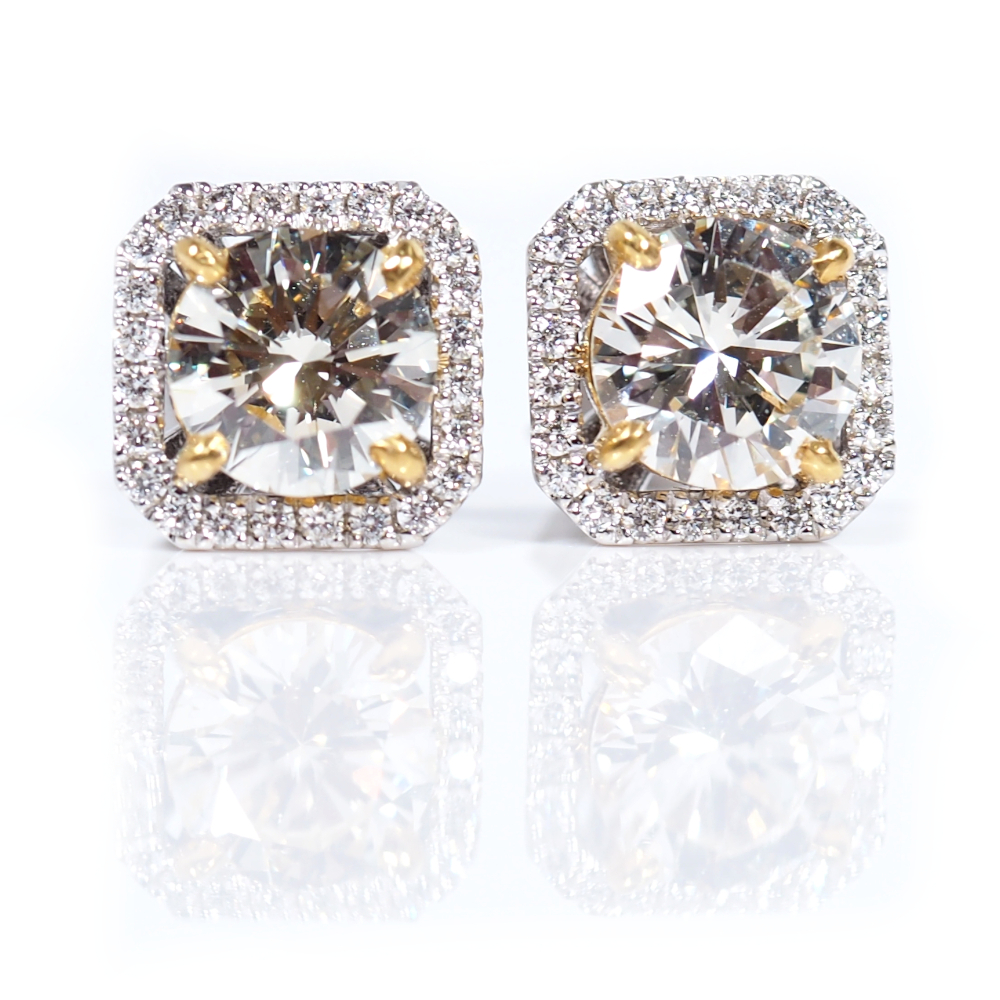Diamond Buying Guide

Buying the Perfect Diamond for your Special Someone
Popping the question is no small feat—and buying the perfect diamond can feel overwhelming. From choosing the right size and style to understanding grading reports, there’s a lot to think about. That’s why we’ve created this Diamond Buying Guide, designed to make the process easier, more informative, and even a little fun.
With over 40 years of experience serving Tampa Bay, Arnold Jewelers is here to help you find the diamond that fits your love story and your budget.
Quick Facts
-
💎 Diamonds are graded by the 4Cs: Cut, Color, Clarity, and Carat Weight (GIA).
-
📊 The Gemological Institute of America (GIA) created the 4Cs grading system and is considered the gold standard for diamond grading.
-
💍 The average engagement ring diamond in the U.S. is about 1.2 carats.
-
📍 Arnold Jewelers in Largo, FL employs a GIA-trained gemologist to guide you through the buying process.
-
✅ Ask for a GIA certificate to ensure accuracy and authenticity.
Understanding the 4Cs of Diamonds
Diamond COLOR
Diamond color is actually graded on lack of color. The best fine diamond jewelry contains stones that are almost clear. The hues graded in “white” diamonds are faint yellow, brown, and grey tones. An alphabetical scale from D through Z is used to rank the color. Imagine two glasses of water — one clear, the other containing a few drops of lemonade — and you will begin to understand the differences in diamond color grades.
Once the color saturation moves beyond Z or has a different hue than yellow, brown, or grey, the gem becomes a fancy-color diamond. Fancy colors are graded on how much color the diamond has and how strong the hue is. Diamonds come in every rainbow color, including blue, pink, yellow, purple, and black. In general, fancy diamonds are rarer than white diamonds.
The following color scale is an approximate representation of color saturation in diamonds:

- COLOR. CLARITY. CARAT WEIGHT.
For a first-time buyer, you might as well add Complicated to that list. Don’t worry. With the help of our comprehensive Diamond Buying Guide, we’ve got you covered. Rest assured, beautiful diamonds can fit almost any budget. Plus, by knowing a thing or two about the 4Cs, you can shop smarter and most likely score a better value.
Diamond CUT
Cut is divided into shape, proportion, polish, and symmetry. Shape and proportion are all of the great importance when cutting a diamond to its best appearance. Shape and proportion determine how a diamond scintillates because it affects how light is reflected and refracted inside the stone, which is what causes diamonds to sparkle. Depending on how deep or shallow the diamond is cut, the face-up appearance of the diamond can also vary greatly. The polish describes how well light enters and exits the facets of the diamond. Symmetry can describe both length-to-width ratio and also depth percentages.
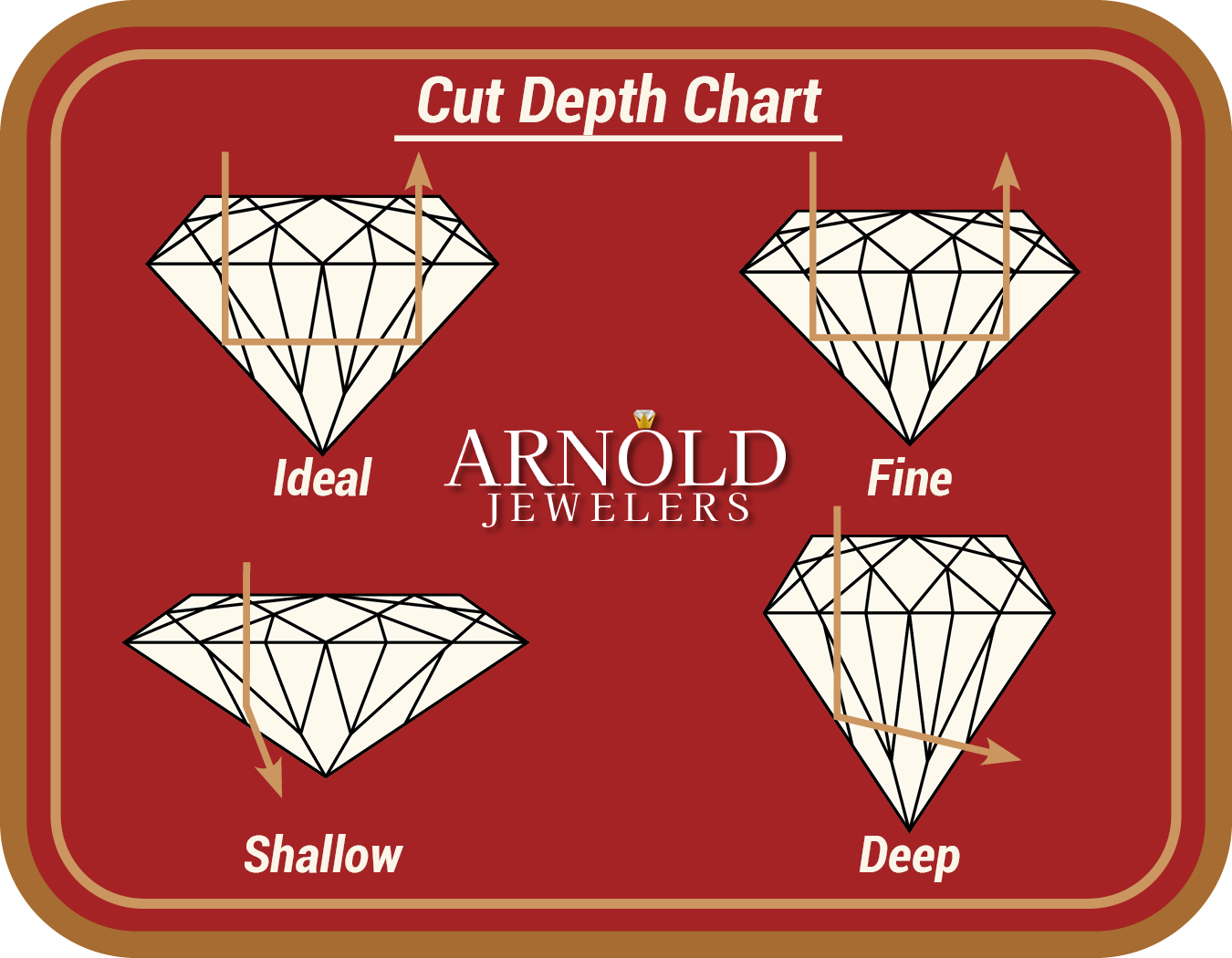
Diamond CLARITY
Clarity describes the inclusions and blemishes of a diamond. The fewer inclusions and blemishes a diamond has, the more valuable it is. Clarity can also directly impact the stone’s brilliance: Inclusions in the diamond can block the light from reflecting inside the stone, which is the feature that gives diamond jewelry its fiery beauty. The following diamond clarity grades are listed from best to least and are based on the observations of trained gemologists :

Diamond CARAT WEIGHT
Carat is a weight measurement of diamonds. It is abbreviated “ct” or “CT” when describing a single stone. “CTW,” meaning “carat total weight,” is added when the diamond jewelry is set with multiple diamonds. For example, a solitaire diamond engagement ring may be described as 1ct, while a three-stone diamond anniversary ring would be 1 ctw.
Carat vs. karat: Carat is not the measure of gold’s purity, which is spelled “karat” and is abbreviated “k.” For example, you may have a 1-carat diamond in an 18-karat gold setting.
This chart shows how the sizes compare to each other, but this is not a representation of the actual size of diamonds:

Diamond Shapes & Which Styles Flatter Hands
Jewelers use a standardized set of shapes as patterns for cutting stones. The shapes with more facets, like the 58-facet round brilliant, have the most sparkle. However, the shapes with fewer facets, especially the emerald, better showcase the color and clarity of higher-quality diamonds. The shape is especially important in diamond rings.
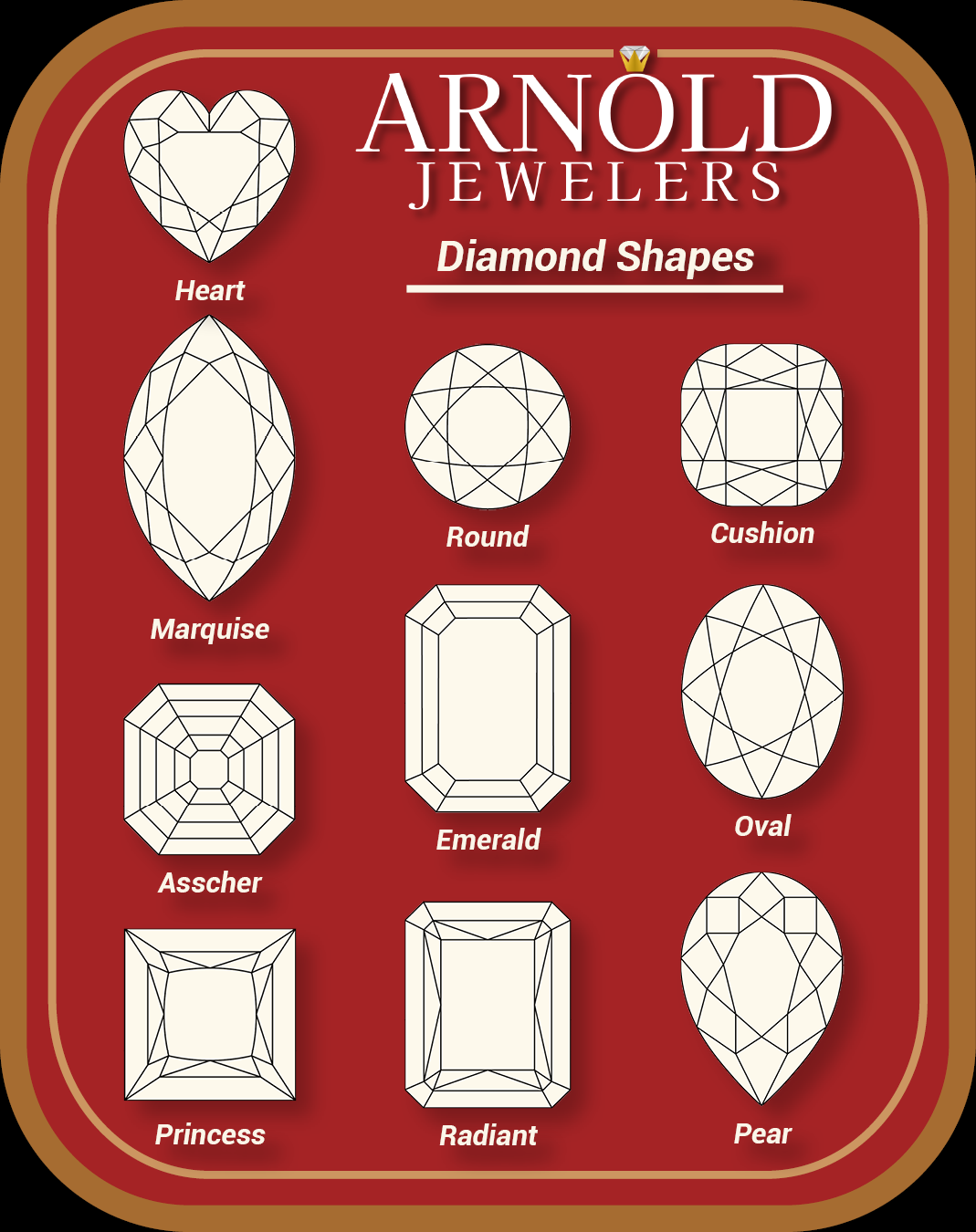
Choosing the right shape isn’t just about preference—it’s also about how the diamond complements the wearer’s hand.
-
Round Brilliant: Timeless and classic. Great for anyone who loves tradition and maximum sparkle.
-
Princess Cut: Square with sharp edges. Modern and bold, ideal for confident personalities.
-
Oval: Creates the illusion of longer, slimmer fingers—perfect for petite or wide hands.
-
Marquise: With pointed ends, this shape elongates fingers dramatically. Best for those who love vintage flair.
-
Pear (Teardrop): Elegant and slimming. Flattering on small or wide fingers. Great for romantic personalities.
-
Emerald Cut: Rectangular facets showcase clarity. Perfect for someone sophisticated and refined.
-
Cushion Cut: Rounded corners with vintage appeal. Suits someone with a soft, romantic style.
-
Heart Shape: Symbolic and unique, for someone playful and sentimental.
💡 Tip: If your partner has shorter fingers, oval, marquise, and pear shapes elongate the hand beautifully. If they prefer bold, statement looks, a princess or emerald cut might be the winner.
Certification Matters: Why GIA is the Standard
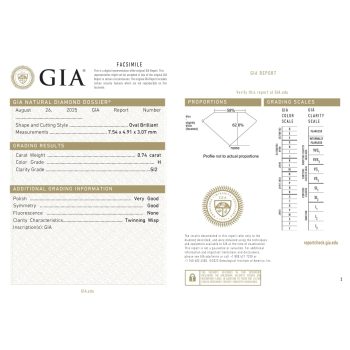
Not all diamond labs are created equal. The Gemological Institute of America (GIA) is considered the most trusted lab worldwide because of its consistency, independence, and strict grading standards.
-
A GIA certificate ensures that the diamond you’re buying is accurately graded.
-
Be extra cautious with uncertified stones—they may be over-graded or misrepresented.
At Arnold Jewelers, we recommend GIA-certified diamonds so you can buy with confidence.
Tips for Buying Diamonds
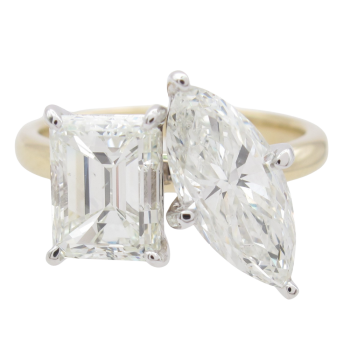
-
Set Your Budget First – Decide what you’re comfortable spending.
-
Balance the 4Cs – A slightly lower clarity or color grade can free up budget for a larger stone.
-
See it in Different Lights – Always check a diamond under natural and artificial lighting.
-
Shop with Experts – Work with jewelers who have a long-standing reputation and trained gemologists on staff.
Why Arnold Jewelers?
-
Serving Largo, Clearwater, St. Petersburg, and Tampa Bay for 40+ years.
-
Family-owned and operated with a no-pressure sales environment.
-
Large inventory of GIA-certified diamonds, vintage engagement rings, and custom designs.
-
On-site jewelers and a certified gemologist to guide you.
Buying a diamond doesn’t have to be intimidating. With knowledge of the 4Cs, shapes, and certifications, you’ll be well-prepared to choose a diamond that symbolizes your love story perfectly.
✨ At Arnold Jewelers in Largo, FL, we’re here to help you every step of the way—from selecting the right diamond shape to designing a custom setting.
📍 Stop by our Tampa Bay showroom or shop online to explore our collection of GIA-certified diamonds and engagement rings today.
Looking for the Perfect Diamond?
Information Provided by GIA
- Categories:

